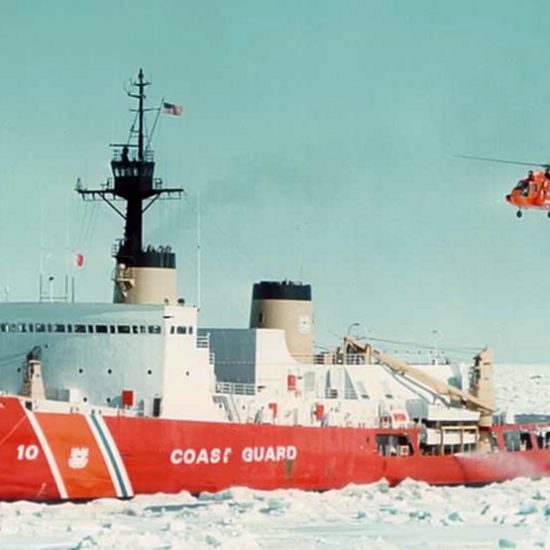I’ve written about energy in Alaska at some level for at least a decade. In the context of the ongoing race for Alaska governor, what do we make of the discussion on statewide energy including the Walker effort to build an in-state natural gas pipeline?
First, the basics.
Total energy use here in Alaska is divided roughly into thirds. A third is vehicular fuels. A third is electricity. The final third is heating (we are a cold country after all). These percentages vary a bit based on what part of the state you live in, as much of the electricity in the Bush is generated by liquid fuels and much of the heating in Southeast is done electrically (hydro).
Most energy discussions center on some combination of which renewables to convert our electrical generation into and how to move from an oil-based economy to one based on natural gas. While these discussions are related, they are not identical.
The Alaska Legislature over a decade ago passed a resolution calling for 50% of electricity generated in the state to come from renewable resources. Despite what you may hear from the IBEW and utility board candidates they foist on an unsuspecting public, wind, solar and tidal are not going to generate enough energy in this state to keep the lights on, keep our homes and businesses warm, and keep our vehicles running. They may work in a few specialized venues, but they are outrageously expensive and unreliable when applied to widespread electrical generation. Unhappily, they will most certainly drain your bank account while making your energy less reliable.
The first thing that happens when you adopt renewables is that prices spike, forcing customers to choose between keeping the lights on and eating. British adoption of renewables killed 20,000 more people over a single relatively harsh winter (pensioners, poor, and disabled) a few years ago after making this policy decision.
The second thing that happens is that electrical grid gets unstable, with rolling blackouts, brownouts, dirty power, and Third World class unreliable power. Unreliable power when it is -40 outside is a deadly proposition.
Of the four major gubernatorial candidates so far, three of them, Begich, Walker and Treadwell all support renewables and the environmental fraud they are based upon at some level. To the best of my knowledge, Dunleavy does not have that worldview.
And renewables have absolutely no impact on vehicular fuels or home heating pieces of the equation (other than making it more expensive and harder to do).
My solution?
If you want renewables, you absolutely need to be a supporter of the Watana Dam. Begich and Walker are not. You must also be a supporter of nuclear energy, as breeder reactors can manufacture fuel as they operate. Neither Walker or Begich support reactors either. Heat engines in cold country are positive lifestyle choices.
If renewables are not a hard requirement for energy, things get more interesting. Personally, I would look into a Coal to Liquids (CTL) plant at Tyonek capable of producing 80,000 bbl / day. Such a plant would address the liquid fuels part of the equation, suppling what the entire Railbelt needs daily without imports, generate perhaps a third of needed electricity in the Railbelt, and produce sufficient additional liquids for yearly use throughout the Bush.
Fischer – Tropsch, the method of converting coal to liquids, is also interesting as it provides a vehicle for getting Alaska’s natural gas to market, solving nicely the impending economic disaster that is Walker’s natural gas pipeline.
I have yet to see any economic analysis of natural gas shipped off the North Slope that makes that natural gas competitive in the current glut of shale natural gas from the Lower 48. We have a plan and a product that there is no market for. Even the ChiComs who are willing to build the pipeline will only do so if we give the natural gas to them for pennies on the dollar, which won’t bring in a lot of revenue to the state.
Plan B for the natural gas pipeline?
Easy. Don’t build it.
Use the Fischer – Tropsch process to produce synthetic diesel (or other liquids) via a Gas to Liquids (GTL process) on the Slope. Batch ship that product along with oil production down the existing TAPS to Valdez for sale throughout the Pacific rim. We will be competing with refineries rather than producers with a product so clean that it even meets even the extreme environmental restrictions placed on vehicular fuels by California.
This approach requires construction of a GTL plant on the Slope, basically refinery for natural gas. It does not require construction of a new pipeline, by definition saving perhaps $50 billion in total costs. It also has the extra added attraction of laying the foundation that will allow infrastructure expansion over time westward across the North Slope where the majority of Alaska’s coal is located. The possibility exists that we can keep liquid in TAPS for centuries. Break even cost of doing this is in the neighborhood of $40/bbl.
So, how to address energy here in Alaska? If you want renewables, you are interested in Watana and reactors. Neither Walker nor Begich are so inclined. Don’t much think Treadwell is either, as he has adopted a climatista view of the world.
Want to address liquid fuels and along with them, a product that has a worldwide marketplace? GTLs / CTLs off the North Slope are a viable economic option and should be an affordable alternative to a ChiCom-owned and operated in-state natural gas pipeline.
As the race continues, take a close look at which candidate supports which approach.
Alex Gimarc lives in Anchorage since retiring from the military in 1997. His interests include science and technology, environment, energy, economics, military affairs, fishing and disabilities policies. His weekly column “Interesting Items” is a summary of news stories with substantive Alaska-themed topics. He is a small business owner and Information Technology professional.












